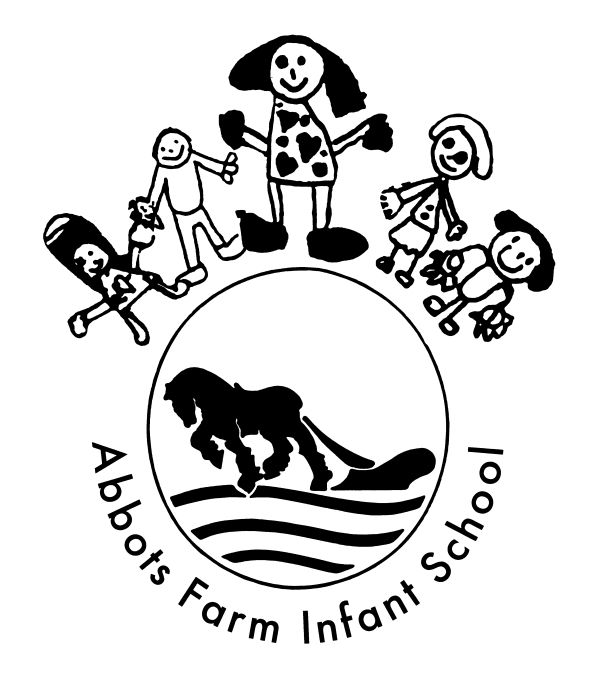School improvement is what we all do every day. It is a continuous process.
Each year we put together a school development plan, which we call our Learning Improvement Plan (LIP), which has key targets for the next academic year. We choose our target areas by gathering information from a variety of sources. These include external evaluations of our work, alongside our own extensive and detailed self-evaluation processes – our data analysis, staff appraisal processes, coaching, pupil progress meetings and surveys of children, parents and staff. The targets draw on discussions Governors have had in our various Full Governing Body and Committee meetings. The targets often also reflect the national agenda for education.
We like to keep our Learning Improvement Plan brief and to the point in order that the key areas of development are always clear and understood by all. Each subject team within our school has a team action plan which supports the Learning Improvement Plan as well as making sure that all areas of learning are focused on regardless of whether they are a priority or not.
Our training for the year reflects our priorities. Staff training is crucial to school improvement and we invest lots of time and resources in this. Well-trained and developed staff results in improved progress and achievement for our children.
Our priorities for 2025 – 2026 are:
- PRIORITY 1: To embed inclusive and equitable practices across the school, ensuring that every child is supported to thrive academically, socially, and emotionally.
- PRIORITY 2a:To improve handwriting by embedding consistent, high-quality teaching of letter formation and handwriting across all year groups.
- PRIORITY 2b: To enhance children’s physical development by providing rich, varied, and purposeful opportunities to strengthen both gross and fine motor skills, laying the foundations for writing and future learning.
- PRIORITY 3: To strengthen the application of phonics for spelling, by embedding consistent, high-quality teaching of phonics and reading.
- PRIORITY 4: To strengthen subject leadership by developing confident and accountable subject leaders who drive improvement through effective curriculum leadership, robust use of data, and clear monitoring and evaluation processes.
- PRIORITY 5: Increase attendance rates for disadvantaged pupils and those with SEND so they are closer to the school average, ensuring these children have the best chance to thrive and make progress.
